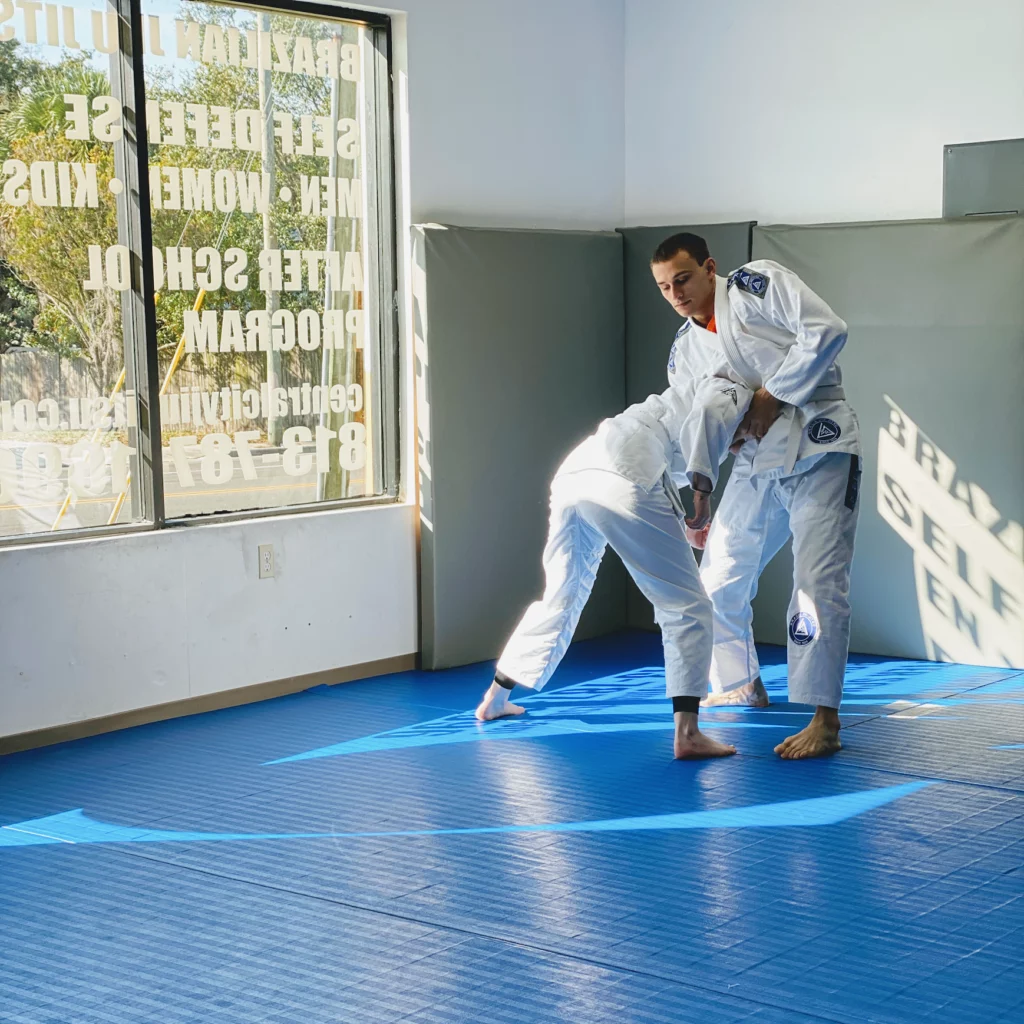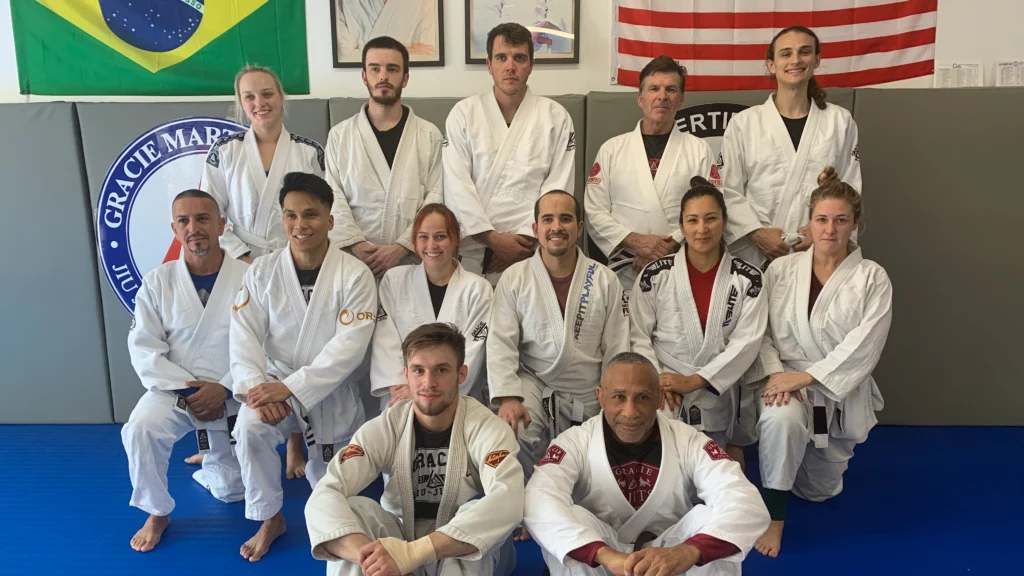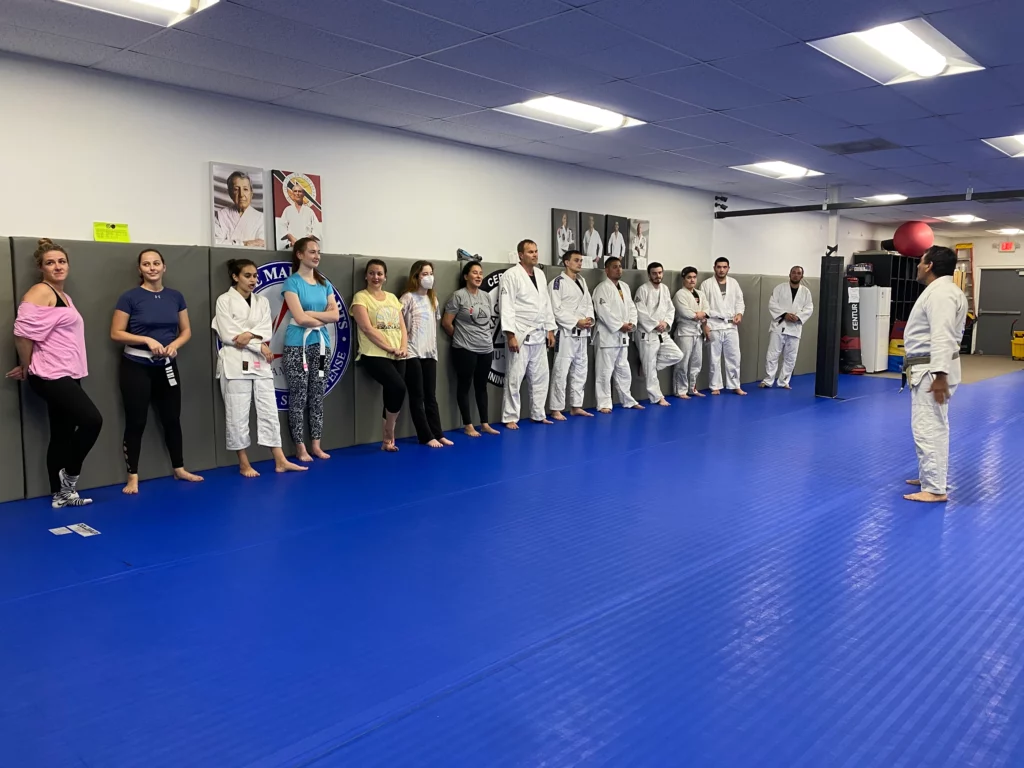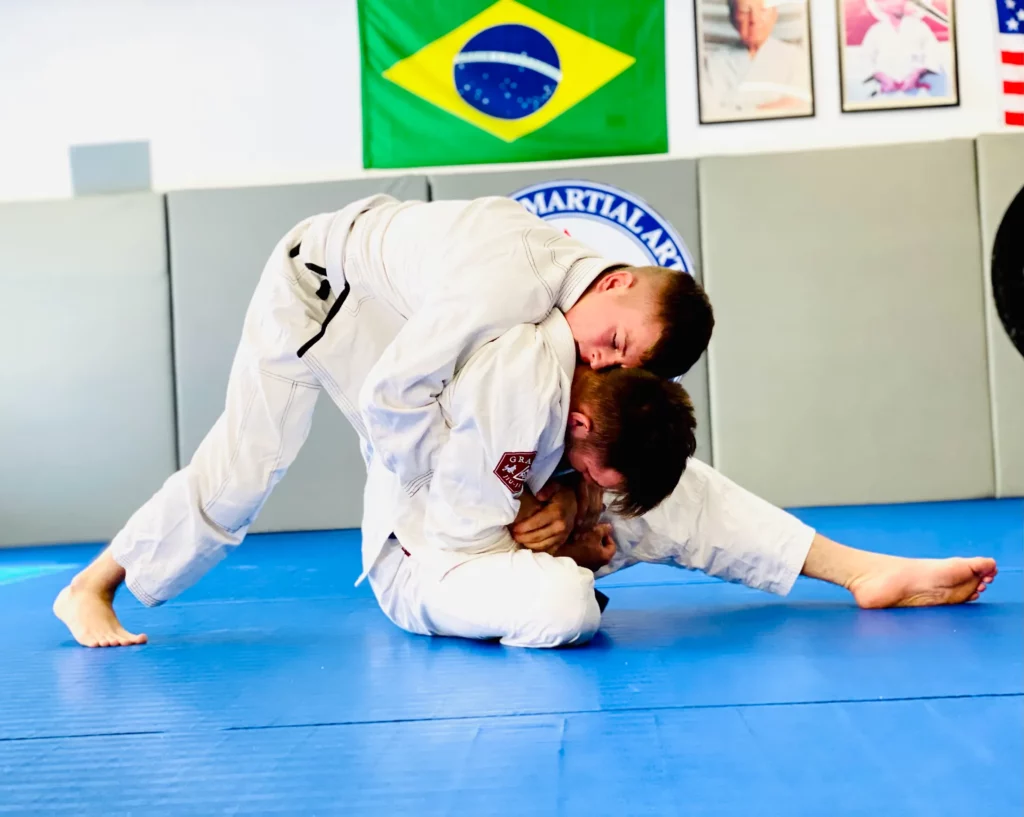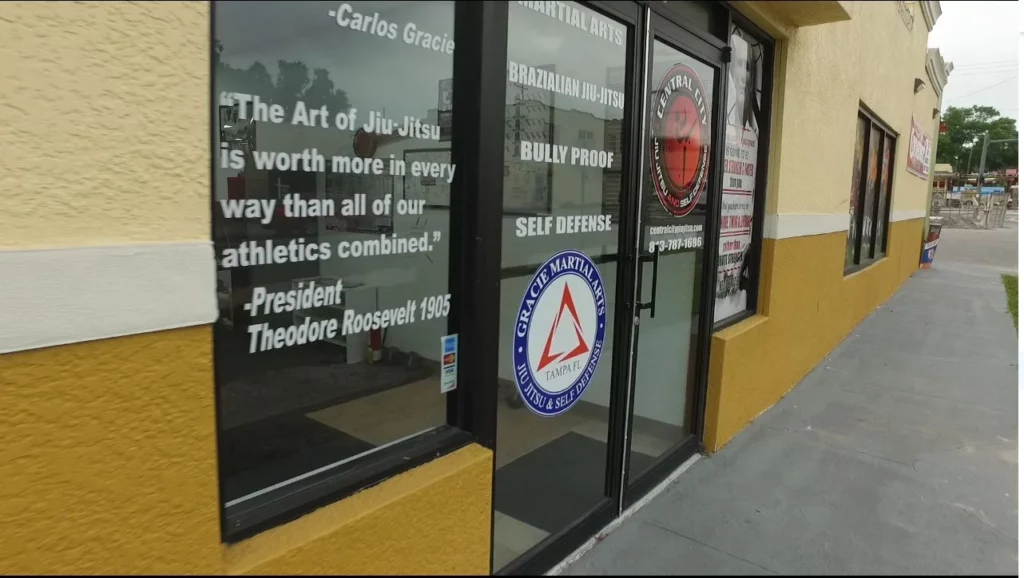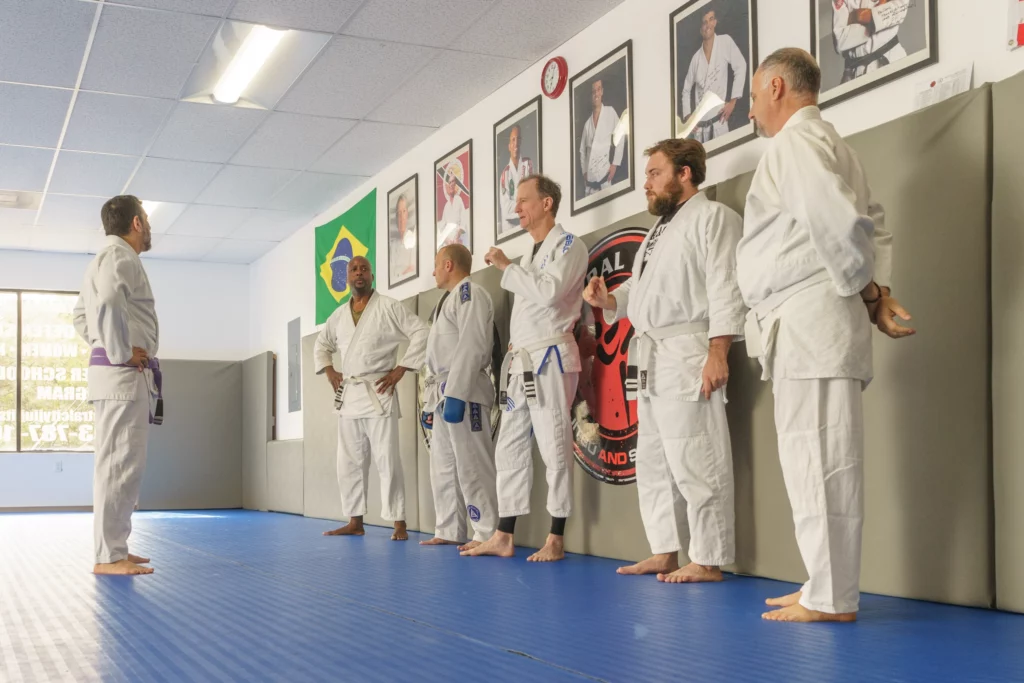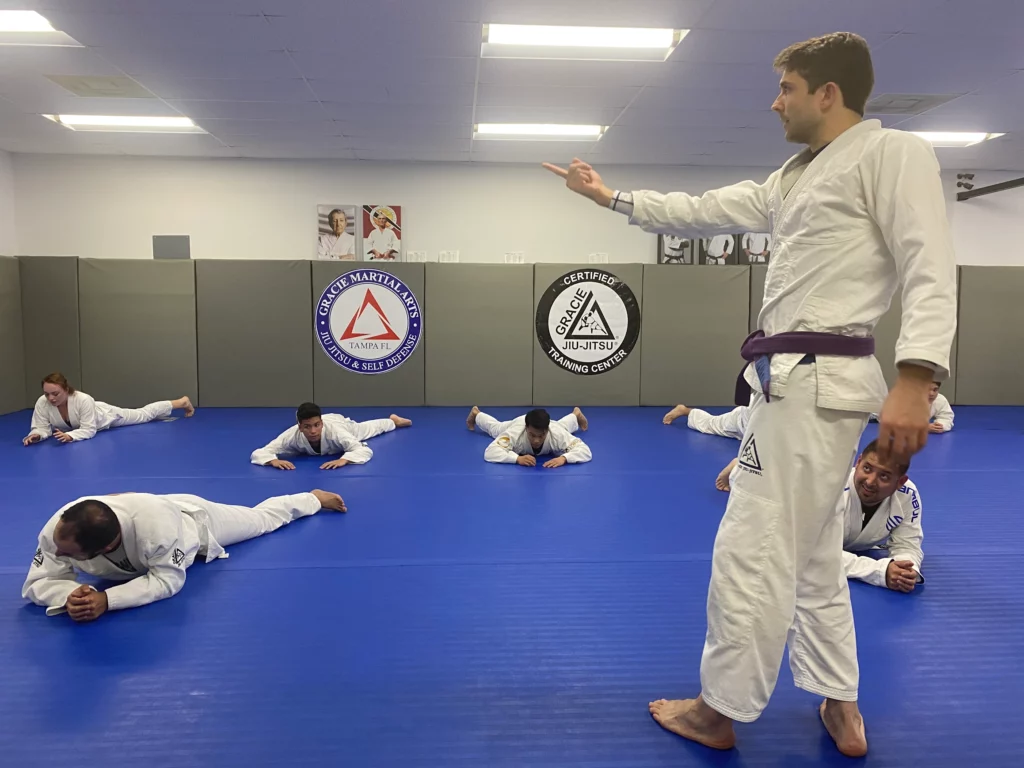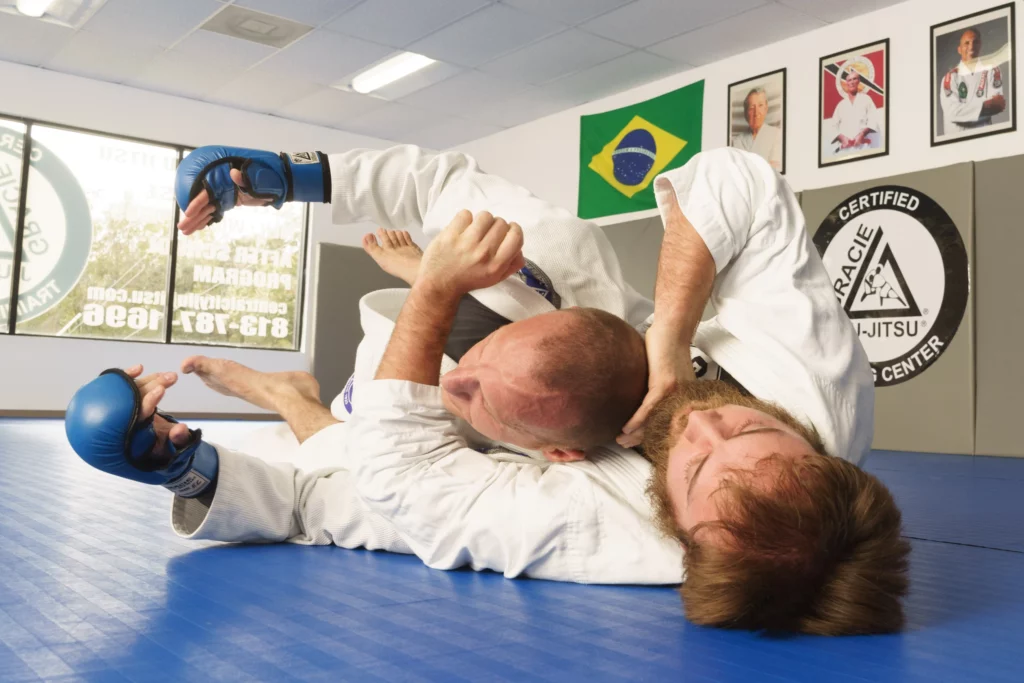Jason Jeske recommends Gracie Martial Arts Tampa
via Google
Gracie Martial Arts Tampa, led by Emiliano, is an exceptional place to learn the original and modern forms of Gracie Jiu-Jitsu. Having had the opportunity to compare it with other noteworthy schools, I found that this one particularly appeals to me. The program is well-structured and easy to follow, and the membership includes access to the outstanding online resources of Gracie University, especially the Combatives 2.0. It boasts a great atmosphere, and the people there create an ideal environment for learning one of the most effective self-defense martial arts available to everyone
Alyssa Sanchez recommends Gracie Martial Arts Tampa
via Google
The experience here is first class! The teachers: Emiliano, James & Kyle took us through a lovely class on standing guillotine choke and punch block series 1-4. We train at a Gracie Certified Training Center in Orlando and this was a day visit to Tampa we are so glad we joined their welcoming community! Definitely will be back to visit again next time we’re in Tampa!
Jana Pauls recommends Gracie Martial Arts Tampa
via Google
I highly recommend Gracie! I've done different martial arts and was always reluctant to do Jiu-Jitsu because there are very few girls doing it, and let's be real, who wants to roll around on the floor with random guys? I am SO GLAD I checked out the Women Empowered program! And because the instructors are very professional and attentive I even enrolled in Combatives and I'm LOVING IT! Come check it out!
Daniel Cannon recommends Gracie Martial Arts Tampa
via Google
I highly recommend GMAT to anyone interested in learning self-defense but intimidated by what they see on TV (UFC, MMA, etc.). The instructors are highly professional, know their stuff, and can explain each move with a level of detail that is highly beneficial for any beginner of the art or practitioners trying to improve their skills. All instructors make you feel welcome and encourage an atmosphere of cooperation and mutual learning that is hard to find in many schools. GMAT is certified by the Gracie family and follows their curriculum, which is easy to follow and allows you to build on each lesson, teaching moves that can be used in a street fight and not moves that can only be used in competitions. You get access to videos of each lesson so you can practice on your own and go over each move before and after class.
I am a Law Enforcement Officer; I trained in a different school for 6 months and was discouraged by the lack of a true curriculum I could follow, the fact that you start rolling with any belt after three classes, never having enough time with the basic moves to do anything other than get beat on every roll for six months and get injured often, and the total emphasis on competition versus real-life applications left me wondering why I was spending so much time and money doing this. This is how many schools operate, and there is nothing wrong with that; it is just not what I was looking for or needed. I drive 45 min each way to GMAT, I have already used many of the things I learned here in real life in law enforcement with real people, and I can tell you that this program works! Give it a shot. You won't regret it.
Download Starter Kit
ACCESS TO OUR SCHEDULE & PRICING DETAILS
Get our scheduling details, and EXCLUSIVE promotions and new student offers!
By opting into the web form above you are providing consent for Gracie Martial Arts Tampa to send you periodic text messages. Standard rates may apply. You can reply HELP at anytime or learn more. You may opt-out anytime by replying STOP.

